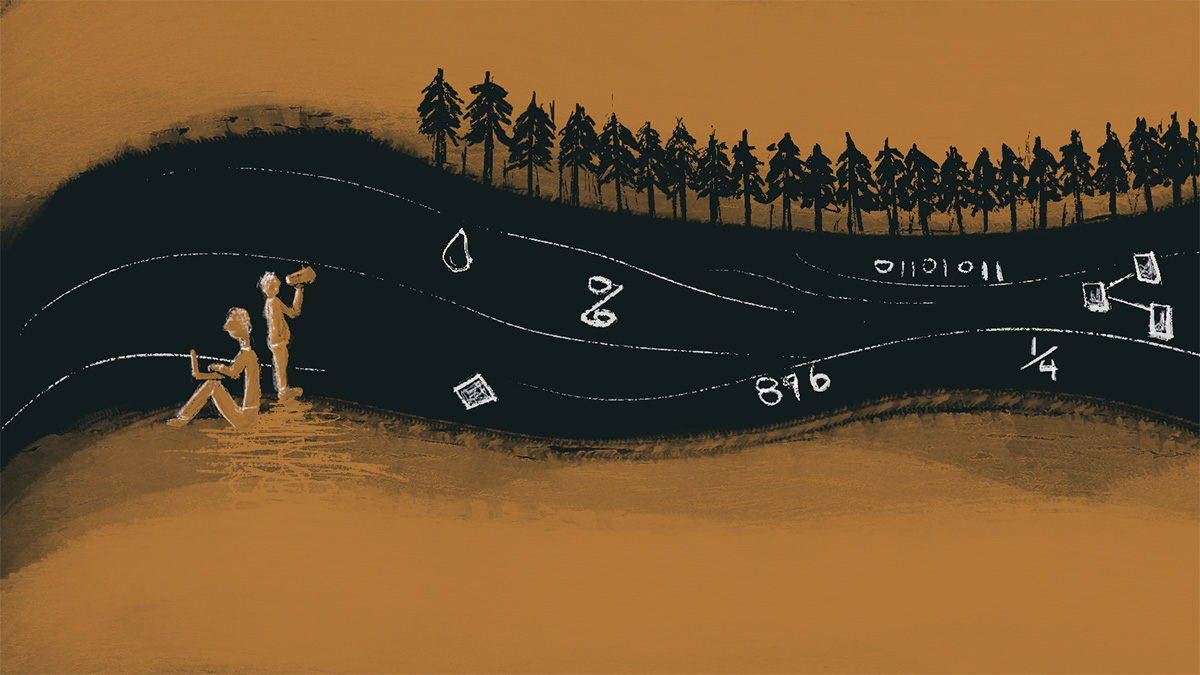
Giftwrapped Data
Working together on a model-agnostic platform for speeding up predictions for water management
Kasra Keshavarz
Associate Science Coordinator, Core Modelling and Flood Forecasting Team, Global Water Futures
In October 2021, after completing my Master’s in Environment and Sustainabilty, I was working for a consulting firm on the West Coast. One day a member of the Global Water Futures Core Modelling Team sent me an email. They started telling me about how they wanted to streamline their research. The Core Modelling scientists had been under a lot of pressure trying to transform data in a reasonable timeframe, but they had a solution, or at least a blueprint. They were the architects, but they needed an engineer. Core Modelling reached out to me because I had noticed this gap before, but back then I was a master’s student and didn’t have the time or experience to address it. This was their request: model setup was taking too long, so they wanted to bring someone on to prepare the data.
I had the opportunity to build on a multi-year effort on model-agnostic workflows led by Dr. Wouter Knoben. Wouter was working on improving the efficiency, transparency, and reproducibility of modelling tasks. Previously eighty percent of modeler’s time was spent on organizing the data that were the building blocks of the research, leaving twenty percent for answering research questions. That was just not a good use of their time. I was the guy who was aware of this situation, familiar with GWF, and eager take on the challenge. Why was I eager? Some of this is for personal reasons. I wanted a stronger academic support network; I wanted to come back and complement my previous graduate experience. Also, this was an opportunity to work directly with advanced researchers.
So, in February of 2022 I began working with the Global Water Futures Core Modelling team. At first, many of our scientists doubted the process. They like handling their own data because that way they know they can trust it.
After some test runs and feedback we were able to establish trust. Since then, I receive a lot of support because my role speeds up the work of others. I enjoy that I can take weight off the shoulders of the scientists and let them move forward with their science. Now, I giftwrap meteorological and geospatial data sets for hydrologic modelers through the ‘model-agnostic workflow’. This process saves them a lot of time. Rather than taking months to set up a model, now it only takes a few hours.
Hydrologic modelers are my immediate user group. Right now, my work is used by modelers in GWF Core Modelling but that could expand to include anyone who runs hydrologic models. My ‘end users' could be a long list. Because I simplify the workflow for the modelers, my end users are also the people who rely on them.
A couple of weeks ago I heard one such modeler, Kevin Shook, speak at a Core Modelling meeting. A few months earlier he had approached us about setting up the CRHM model for nearly 4000 watersheds throughout the Canadian prairies. His work was part of a sister GWF project, Prairie Water. We helped him get results faster, just in time for him to present at several meetings. Kevin let us know that the model-agnostic workflow saved him six to eight months! We also learned that results from CRHM helped Kevin to have high level conversations with knowledge users as well. This was very encouraging to hear.
Now, because of the model-agnostic workflow, we are beginning to work with several universities and have started collaborating with various research groups in Europe. Giftwrapping data is leading me into new directions.
